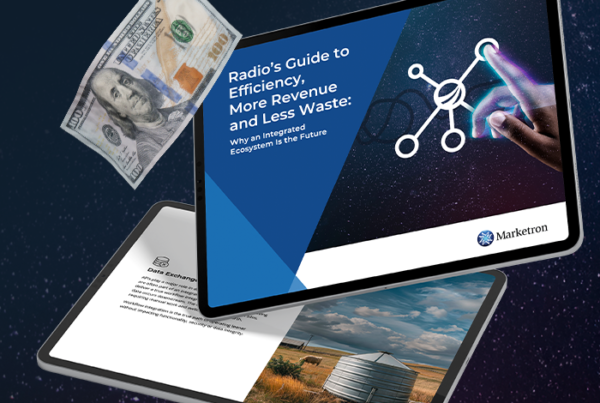The TV industry is in a sea of change, facing some considerable challenges. The writers and actors strikes have been another wave crashing down. While the Writers Guild of America (WGA) has a tentative agreement in place, actors remain on strike. Regardless, there has already been an impact on TV ad revenue.
With less new programming to air, those spots are not as attractive to advertisers. It also means fewer commitments at upfronts. Broadcast TV does have some saving graces in local news and live sports, as they are very sought after. Additionally, daytime and evening talk shows have started airing new episodes.
But what does this mean for TV ad revenue in the short and long term? Let’s take a look at some of the factors.
Demands from Writers and Actors Have Much to Do with New Content Consumption
One of the primary reasons for the strikes was residuals from streaming services. Writers and actors were demanding that contracts reflect the new options for consumption. Residuals from broadcast TV work on a tiered basis that is reasonably fair. That has not been the case in streaming, with platforms hosting thousands of series that have already had their runs. There was inequity here because streaming “ratings” are a bit of a black box. They don’t have traditional ratings but do track hours streamed. The metrics they did report were considered “meaningless self-referential rankings,” according to Verge.
The new contract negotiated by the WGA will require streaming platforms to reveal hours streamed. Thus, the structure of residuals needed a refresh to account for the many ways to watch programming. Forcing these platforms to release this information would be the first real transparency about who’s really watching.
The TV industry needed to shift its concept on residuals just as advertisers have about where they spend ad budgets. Most want to move toward converged TV, which combines linear, OTT/CTV, digital video and O&O (owned and operated). Media companies are also adapting to this, with the support of technology that consolidates these buys into one proposal and order.
Lack of New Programming Will Make Inventory Pricing Flat or Volatile
The strikes impact ad revenue from every corner — broadcast, cable and streaming. In most cases, new content has a higher premium. However, ad spending in this category fell by 13% in the first half of 2023.
The bright spots for broadcast have been news and live sports, as they are always high revenue generators. Reality TV and those talk shows returning will also help, but new programming is the fuel everyone needs.
Even after the resolution of the strikes, there will still be delays in creating, producing and airing the new shows. Repeats will fill the gap along with the other mentioned programming types. The result of this on TV ad revenue includes:
- More scatter buys by national brands as they cut back on upfront commitments: This consequence can be good for local TV, but rate optimization tools will be critical for maximizing value.
- Persistent ad price deflation: According to data, there has been a 2% decline in linear TV ad prices, and experts believe the strikes will prolong it.
Uncertainty is familiar to local TV media sellers. Being adaptable can lessen the impact on your station, and the key to that is implementing dynamic pricing.
The Answer to Uncertainty Is Dynamic Pricing
Many broadcast TV organizations don’t regularly adjust their rate cards, making no changes based on internal or external forces. As a result, they may be leaving money on the table or pricing themselves out of reach for advertisers and agencies. Dynamic pricing changes this entirely, delivering spot prices based on data.
Dynamic pricing is a revenue optimizer. It’s the real-time component of yield management that uses avails and other data to price a spot based on supply and demand. No assumptions or flat pricing influence the value of the inventory — only the market.
With such a tool, there’s no guessing about what a spot should go for — it’s all data driven. It’s ideal for uncertainty, whether from strikes or the economy. Maybe those rerun spots slump a bit, but you’ll get more money for in-demand ones during local news and live sports. Such a solution will also benefit the upcoming 2024 election, where broadcast TV expects to take in billions from political advertising.
TV Ad Revenue: Strikes Deliver Turmoil and Opportunity
Strikes have been a regular occurrence in the TV industry. These ones feel more substantial and describe the massive changes in the industry. While there is turmoil and uncertainty, there is also an opportunity for you and your sellers to move toward converged TV sales and dynamic pricing. We’ll continue to follow this developing story and its impact on ad revenue.
Want to learn more about the power of data and TV ad sales? Watch our on-demand webinar, Data Is Your Crystal Ball: How It Guides the Modern TV Seller.







